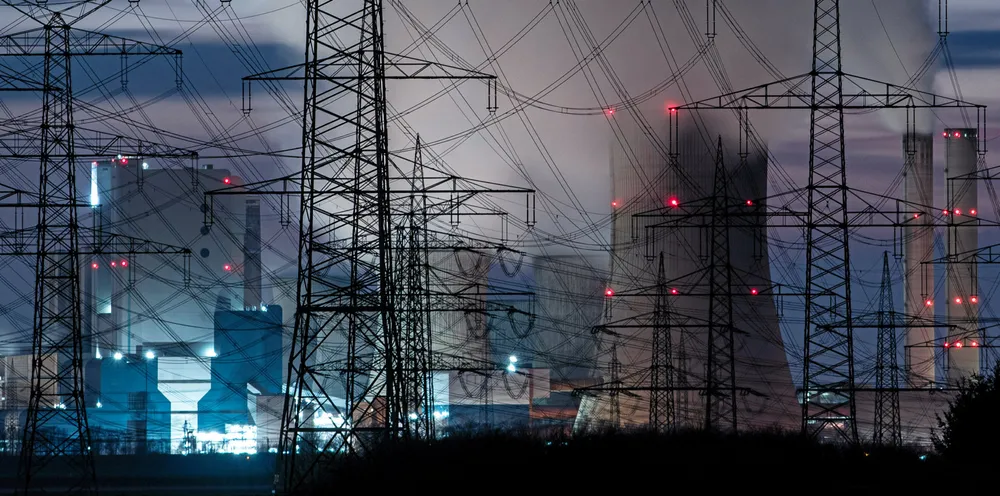World leaders must call time on 'stubborn' fossil fuels at COP26 or face climate disaster: IEA
Agency says current pledges fall far short of what's needed to curb emissions as make-or-break summit approaches

Agency says current pledges fall far short of what's needed to curb emissions as make-or-break summit approaches
